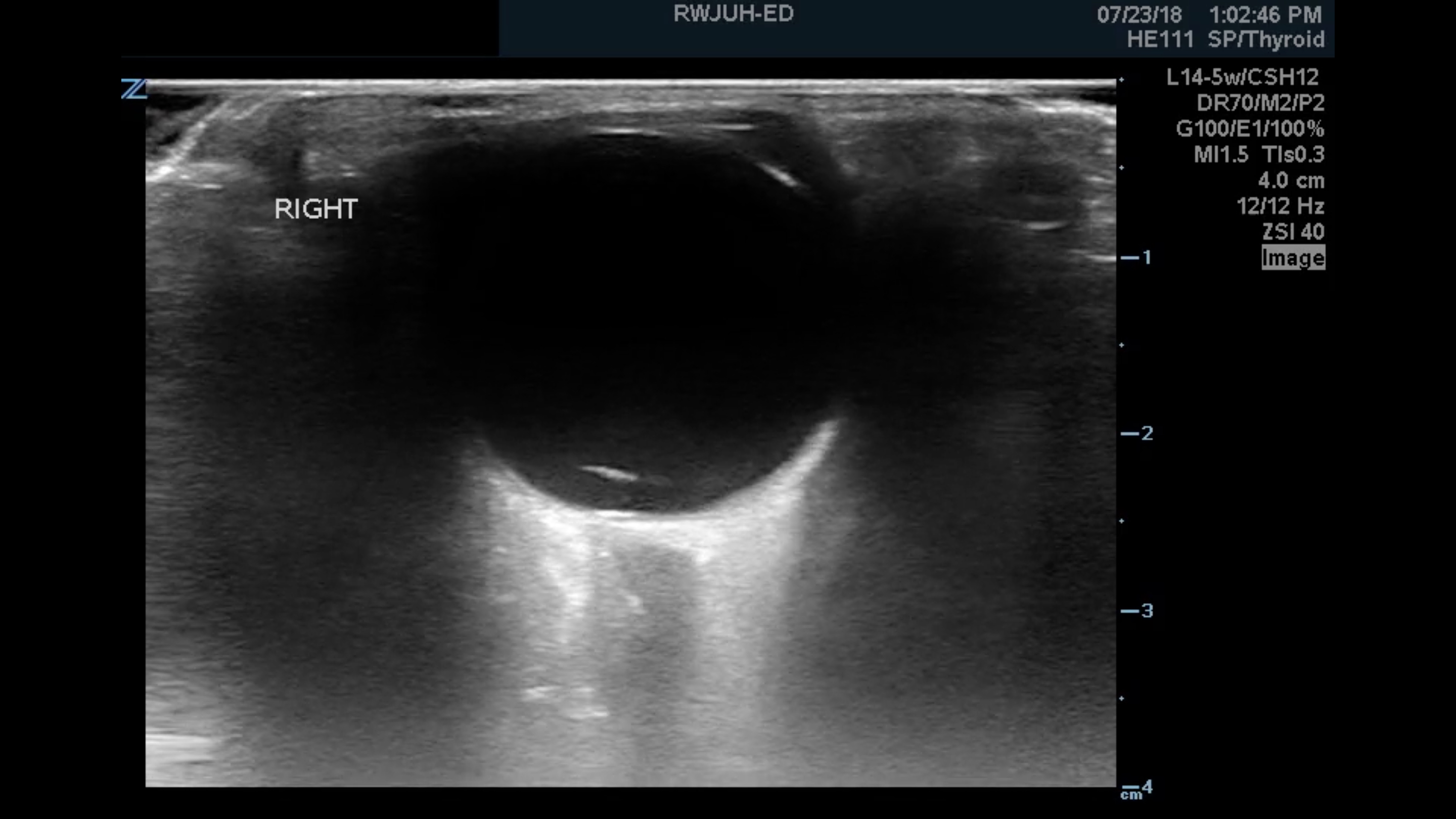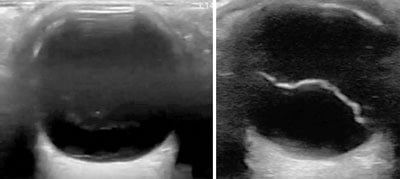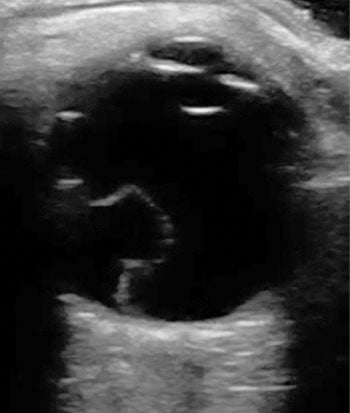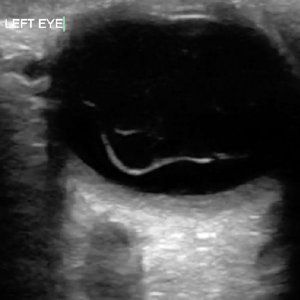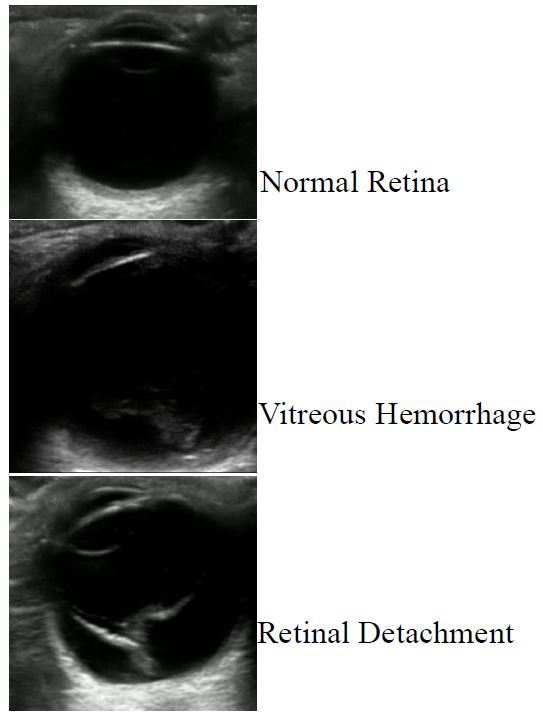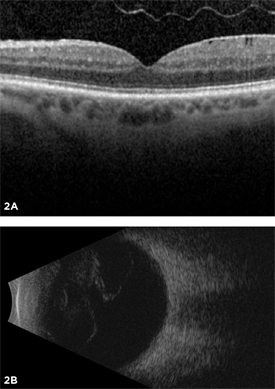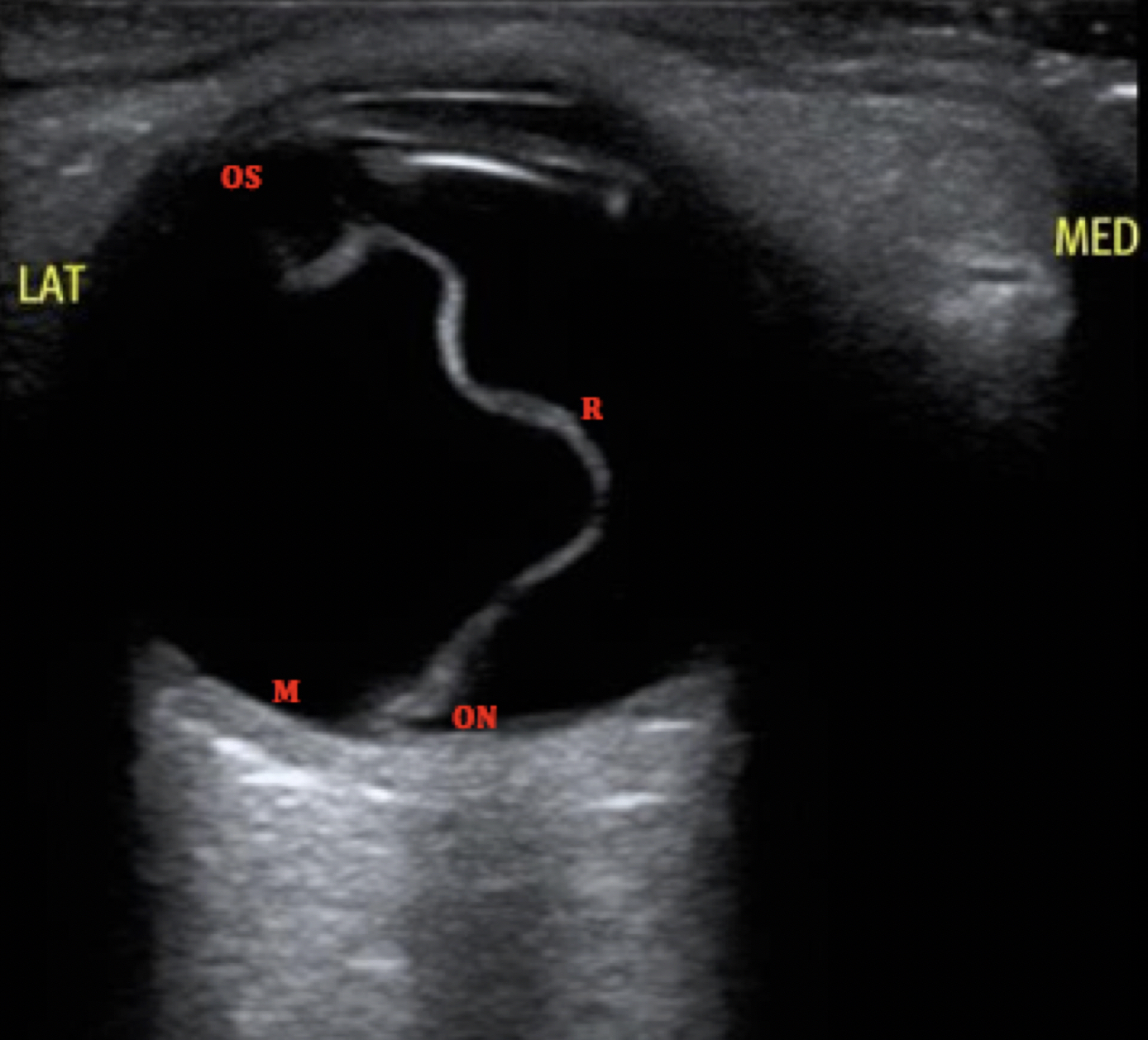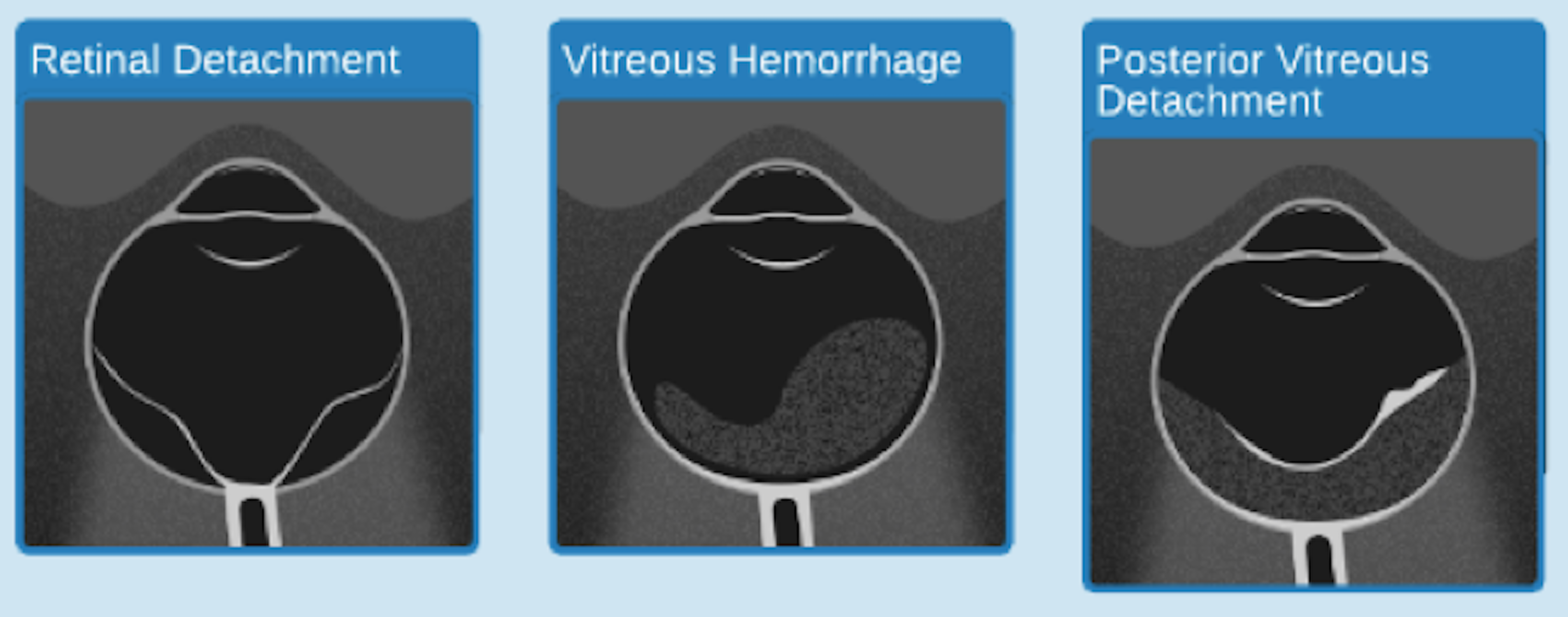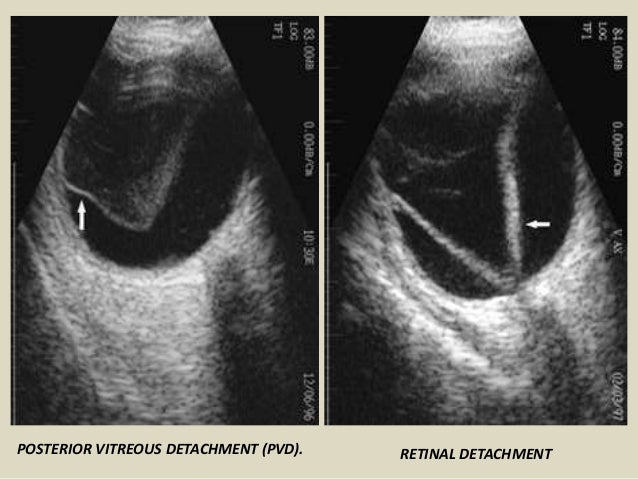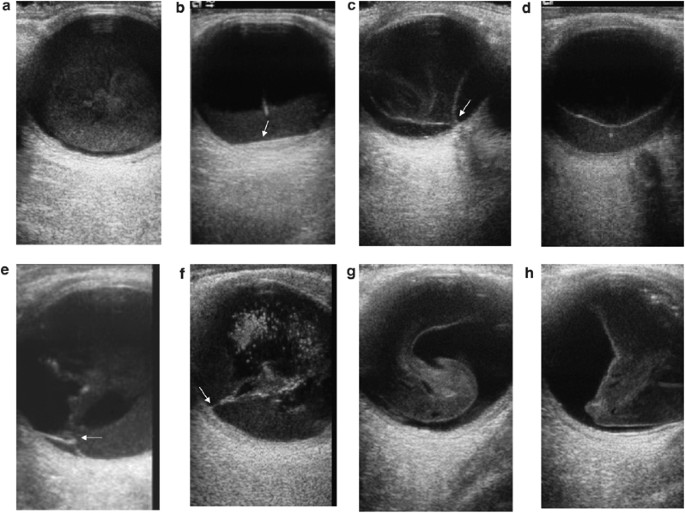Posterior Vitreous Detachment Ultrasound

Posterior vitreous detachment pvd.
Posterior vitreous detachment ultrasound. If you see dark specks or flashes of light it s possible you could have posterior vitreous detachment pvd an eye problem many people have as they age. 8 the study has limitations but results suggest that with proper training ultrasound can be both sensitive and specific for identifying ocular pathology. One retrospective study of 130 pre operative ocular ultrasounds performed by a single operator reported 92 3 sensitivity and 98 3 specificity for identifying retinal detachment 96 2 and 100 for posterior vitreous detachment and 100 and 100 for vitreous hemorrhage. The condition is common for older adults.
Often high gain will allow abnormalities of the vitreous to be better visualized. To check ultrasound reliability in detecting retinal tears in pat. As you get older a gel inside your eye. Over 75 of those over the age of 65 develop it.
Ultrasound both a scan and contact b scan more useful ultrasound have a role in confirming the vitreous hemorrhage and also detecting underlying causes such as posterior vitreous detachment retinal detachment or tear trauma or malignancy 1 3. The vitreous body a clear gel like substance that fills the space between the lens and the retina microscopic fibers connect the vitreous body to the retina. Point of attachment referred to as the vitreous base. Vitreous hemorrhages vh and posterior vitreous detachments pvd will be apparent as the gain is increased.
Linear echogenic membrane in the posterior compartment. Ultrasound can easily distinguish vitreous detachment from retinal detachment by looking to see if the detachment is tethered at the optic disc or not. In contrast to rd a pvd takes on a swaying seaweed appearance. The patient was discharged with no specific treatment.
A posterior vitreous detachment is a condition of the eye in which the vitreous membrane separates from the retina. Although less common among people in their 40s or 50s the condition is not rare for those individuals. The sonographic appearance of isolated posterior vitreous detachment includes the following characteristics 3. Diagram of the vitreous cavity during posterior vitreous detachment.
Cross sectional study of 75 consecutive patients presenting with acute symptomatic posterior vitreous detachment aspvd and vitreous hemorrhage was conducted at university eye clinic university hospital sveti duh zagreb croatia. Once you have interrogated the vitreous body at normal settings slowly increase the gain. May demonstrate tethering near the ora serrata. It refers to the separation of the posterior hyaloid membrane from the retina anywhere posterior to the vitreous base.
Ophthalmology did see the patient in the ed and agreed that this was a posterior vitreous detachment.
